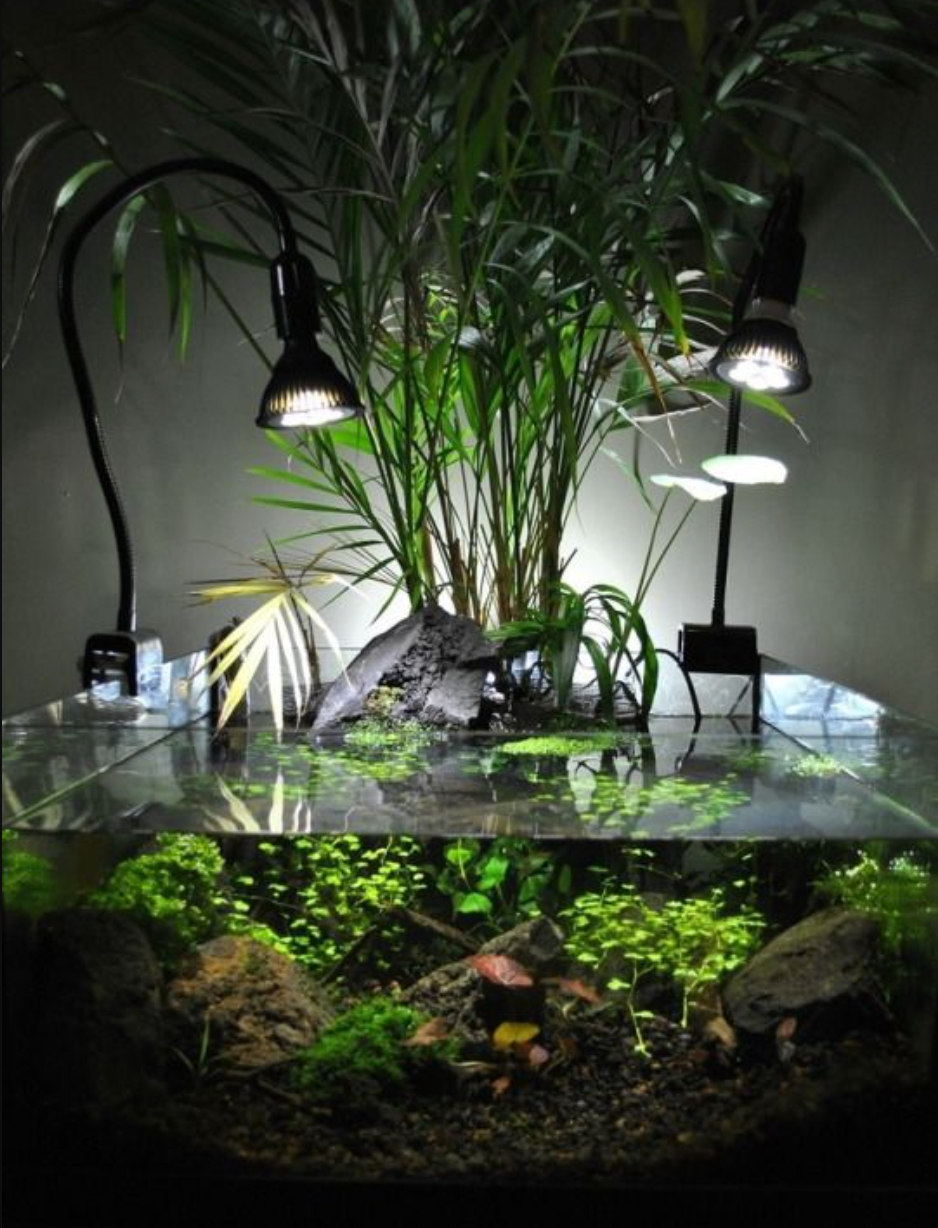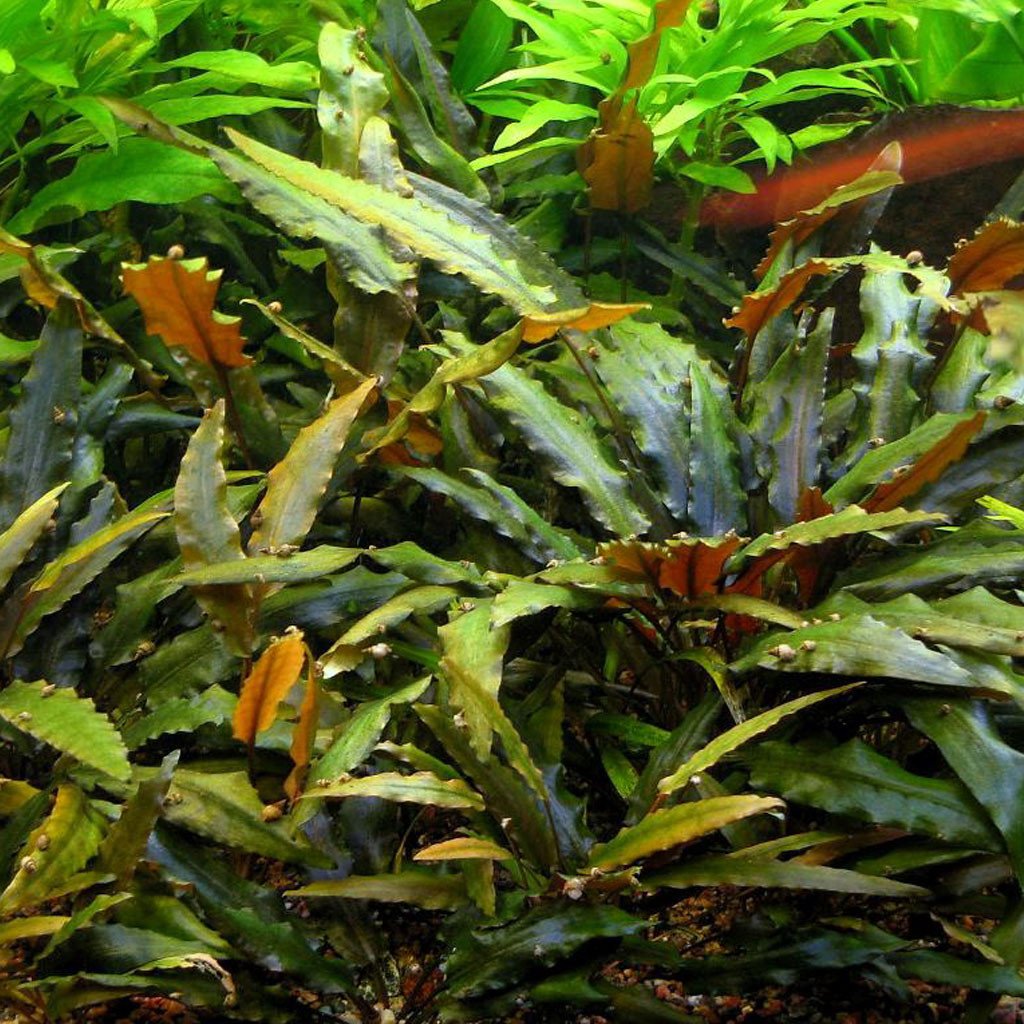
How to Trim and Propagate Aquarium Plants for Faster Growth
Healthy, fast-growing plants aren’t just beautiful—they keep your aquarium balanced and your fish happy. Trimming and propagating your plants properly encourages fuller growth, prevents overcrowding, and gives you extra plants for other tanks or to share with friends. Here’s how to do it right.
Why Trimming and Propagation Matter
Aquarium plants will keep growing as long as conditions are right. Without regular trimming, they can block light, reduce water flow, and even starve lower leaves. Propagation allows you to multiply your favorite plants, making your aquascape lusher without spending more on new plants.
1. Gather Your Tools
-
Sharp aquascaping scissors or small pruning shears – Dull tools can crush stems and invite rot.
-
Tweezers – Handy for replanting cuttings in tight spaces.
-
Root tabs or liquid fertilizer – To support new growth after trimming.
2. Trim Different Plant Types Correctly
-
Stem Plants (e.g., Ludwigia, Rotala, Bacopa): Cut stems halfway down, just above a leaf node. The cut section can be replanted to form a new plant. The original stem will sprout side shoots, creating bushier growth.
-
Rosette Plants (e.g., Amazon Sword, Cryptocoryne): Remove older, damaged leaves at the base. Avoid cutting the crown (where leaves emerge) to prevent harming the plant.
-
Mosses (e.g., Java Moss, Christmas Moss): Use scissors to thin out dense mats. Attach clippings to driftwood or rock with thread or glue for new moss growth.
-
Rhizome Plants (e.g., Anubias, Java Fern): Never cut the rhizome in half unless dividing. To propagate, gently cut a healthy section of rhizome with 3–4 leaves and attach it to driftwood or rock.
3. Propagate for More Plants
-
Replant Stem Cuttings – Push trimmed stems back into the substrate, spacing them slightly apart for better light and water flow.
-
Divide Rosette Plants – Some, like Vallisneria, send out runners. Separate and replant them once they develop roots.
-
Attach Moss and Rhizomes – Use aquarium-safe glue or thread to secure them to hardscape until they root naturally.
4. Support Faster Recovery and Growth
-
Fertilize After Trimming – Use an all-in-one liquid fertilizer or root tabs to provide essential nutrients.
-
Maintain Good Lighting – Consistent, balanced lighting keeps trimmed plants growing vigorously.
-
Perform a Small Water Change – Trimming can release organic matter. A quick water change reduces debris and potential algae growth.
5. Regular Maintenance Pays Off
Trimming every 1–2 weeks helps plants stay healthy and vibrant. Don’t be afraid to prune aggressively—most aquarium plants respond by growing back fuller and stronger.







